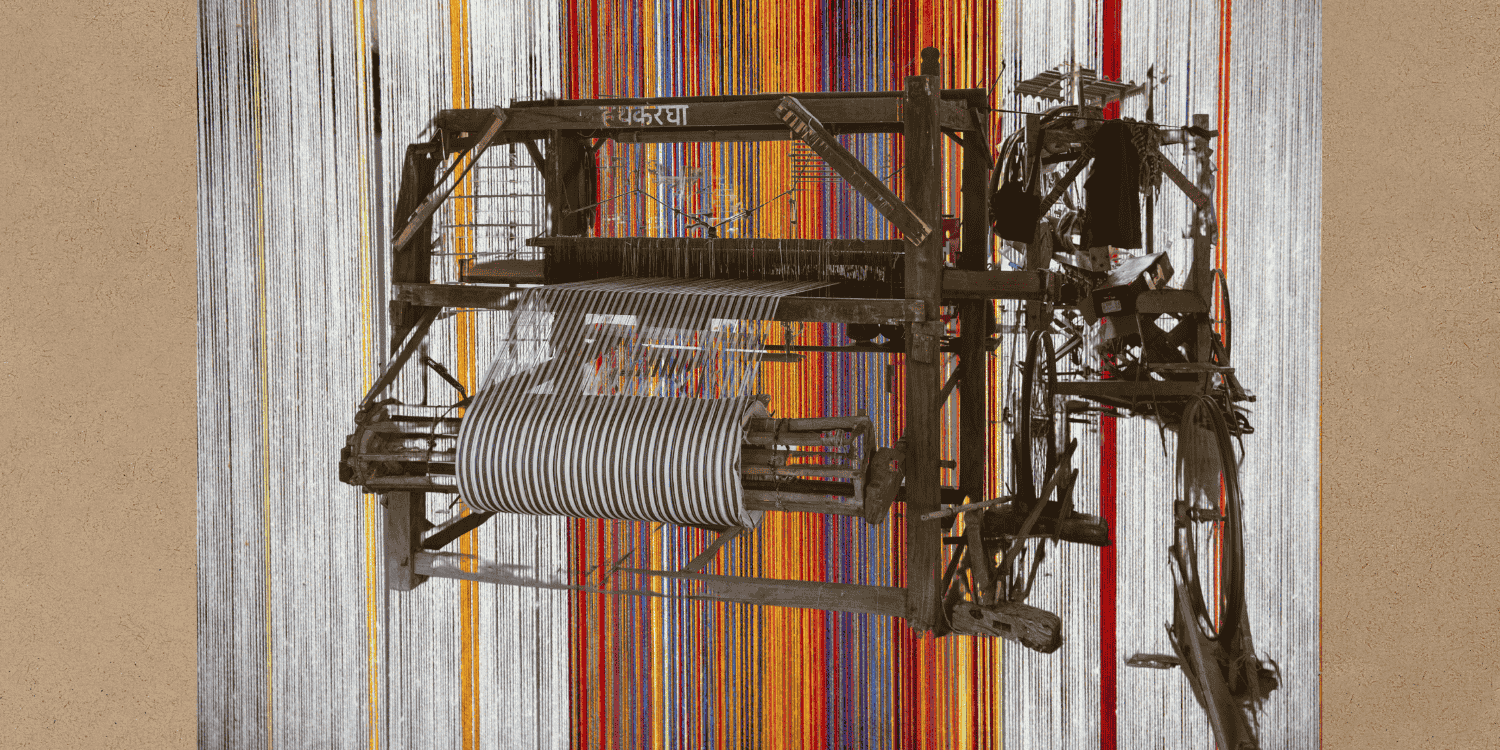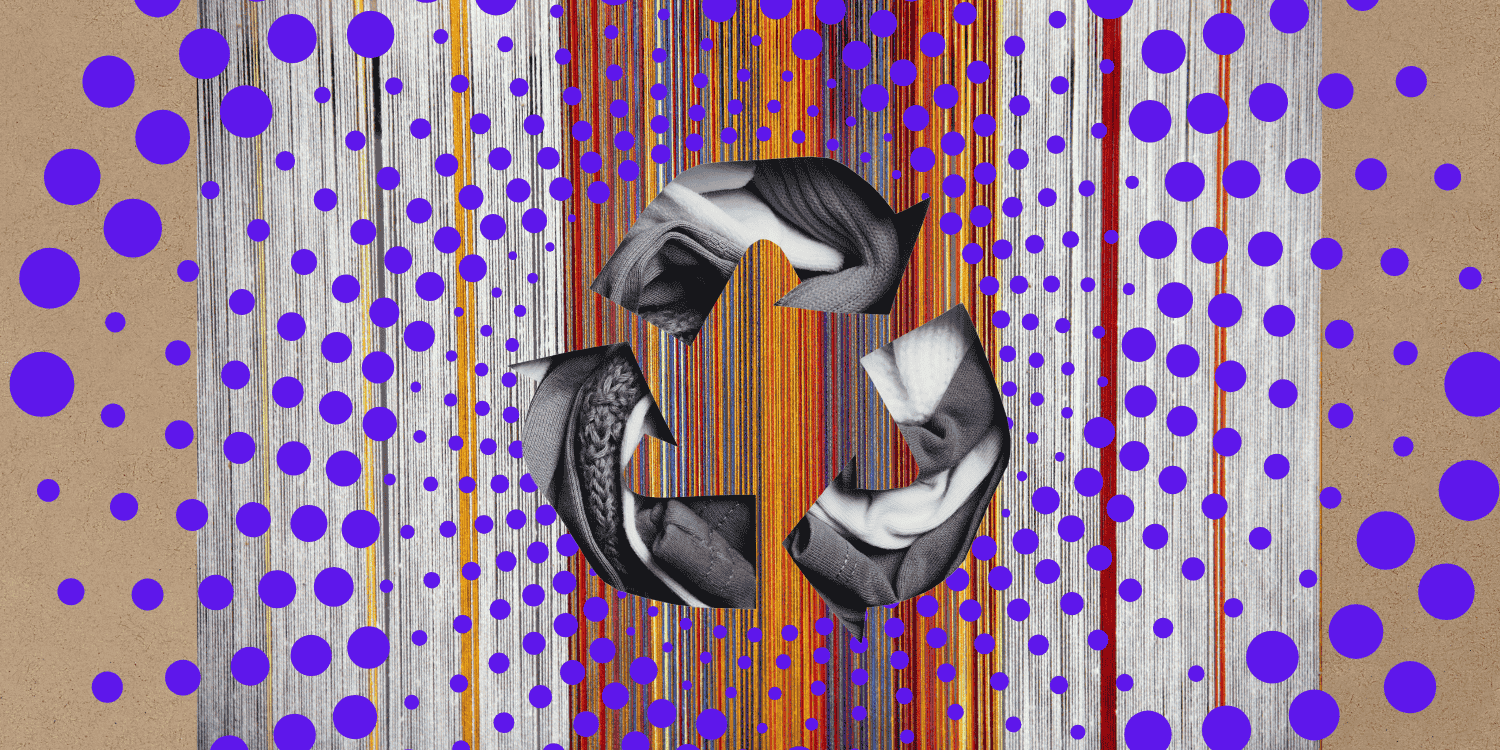Introduction
Menstruation is an integral part of the lives of women and girls, and the right to manage menstruation safely and with dignity is key to human rights worldwide. Generally, the onset of the menstrual period in a female body post puberty involves the monthly shedding of the uterine lining and blood discharge, mostly in a 28 day cycle, and is essential for good sexual and reproductive health for women. Given a lack of general public awareness regarding this natural health indicator, extreme patriarchy, as well as stigma against the dissemination of sexual and reproductive health education in the country, a significant section of the menstruating population deal with varied challenges in this regard. This can range from inability to access adequate menstrual products during one’s period, lack of water and sanitation facilities, inadequate provisioning of requisite healthcare services, to further consequences, such as being forced to drop one’s education or work opportunities, developing serious health complications, and facing abuse and harassment amidst activities related to managing menstruation symptoms. According to UN Women, ‘period poverty’ is used to describe “the inability to afford and access menstrual products, sanitation and hygiene facilities and education and awareness to manage menstrual health”. While this might be concentrated in poor and developing countries, it is a fairly common phenomena experienced by innumerable women and girls worldwide.
The Multidimensionality of Period Poverty and its Victims
500 million women and girls around the world suffer from period poverty, according to World Bank estimates. In India, one can estimate numbers on the basis of different national level datasets which shed light on different aspects of the menstrual management practices of the country’s female population. The latest National Family Health Survey (2020-21) reveals that over 30% of women aged 15 to 24 do not currently employ proper hygienic methods during menstruation. Across different states, the usage of hygienic methods varies greatly, ranging from 58% to 99%. There’s also a notable contrast in these patterns between rural and urban areas in the country; for example, around 82% of urban women in Madhya Pradesh use hygienic menstrual hygiene management (MHM) methods, while only 54.4% of rural women are able to utilise the same. A 2015 report by Dasra and USAID on the state of menstrual health in India found that at least 23% of girls permanently drop out of school on reaching puberty, while most tend to miss nearly a week at school every month due as a result of being unable to manage their menstrual needs and symptoms. This would seriously debilitate their academic experiences at school, majorly impact on their future capacities to participate in the country’s labour force, and earn an independent living. The clear dearth of gender-sensitive public sanitation infrastructure and the poor state of maintenance of existing ones continue to also exacerbate the problem. In 2018, a UNICEF report revealed that merely 47% of Indian schools provided functional restrooms exclusively for girls, thereby deepening challenges related to managing menstrual cycles due to the absence of basic amenities like running water, soap, and sanitary napkin disposal systems. Disparities persist across states in India, with some regions encountering more significant obstacles than others in ensuring adequate sanitation facilities in schools. Data up to 2020 highlights the severity of the issue in certain states. For instance, Bihar reported only 23% of schools equipped with separate restrooms for girls, while Jharkhand fared marginally better with 42% of schools offering usable facilities for girls. This deficiency has directly impacted girls’ education, leading to several missed school days. Assam also showed a mere 41% of schools providing functional restrooms for girls, while in Madhya Pradesh, only 52% of schools had operational girls’ restrooms by 2020. In the recent years, the central government has brought out initiatives like the Menstrual Hygiene Scheme, Rashtriya Kishor Swasthya Karyakram, and MHM initiatives in some states like Rajasthan, Uttar Pradesh, Odisha, Maharashtra, Chhattisgarh, Andhra Pradesh, and Kerala, which have predominantly focused on the availability of sanitary facilities for school-going children. However, the efficacy of these schemes and the extent of utilisation of measures brought in are yet to be completely realised.
The process of menstrual hygiene management is also as precarious, if not more, for women who are a part of the labour force in the country and work in public spaces, a large proportion of which includes women informal economy workers. Several informal trade groups like street vendors, shopkeepers, construction workers, domestic workers work in public spaces, or in spaces which are at enough of a distance from their own homes, making it difficult to make trips back home in the middle of their work day. Many of these workers are self-employed and, therefore, have to depend on public sanitation facilities for using washrooms, while the remaining are at the mercy of their employer who may or may not choose to follow government regulations on occupational health and safety in informal work spaces. There are only a few such regulations which exist and manage to capture different elements of the informal economy, an example being the code instituted in 2020 for contract labourers. Hence, this widespread discrepancy or even complete lack of access to safe and hygienic sanitation and toilet facilities at precarious work sites ends up being severely disadvantageous for women informal economy workers, especially when they are menstruating. They are either forced to use ill-maintained public washrooms at the cost of personal safety, or not use the toilet at all during their end work day, which would highly increase their propensity to contract various uterine diseases. An example of this was demonstrated through a study by WaterAid India among female waste pickers across 13 communities in the country. The findings showed that 17.6% lacked access to sanitation facilities, 37.3% faced work disruptions during menstruation, 63.7% didn’t change menstrual absorbents while working, and over 60% had distant toilets from their workplace. The lack of oversight by employers in providing sanitation facilities to women informal economy workers with or without government mandates also further entrenches women’s lack of awareness about their occupational health rights and the importance of managing menstruation safely. In many cases, it might naturally also result in women not taking up specific informal gigs due to the lack of basic provisions needed, thereby leading to a loss of income and its multiple ripple effects on food, housing and health.
Stigma: Everyday Life and Policy
One of the most predominant examples of the various manifestations of social stigma against menstruation includes the ‘pink tax’, or even ‘tampon tax’. The pink tax generally pertains to the additional financial burden frequently borne by women for essential commodities or general items targeted explicitly at the female demographic. This economic disparity manifests through two primary mechanisms: governmental imposition of sales taxes on sanitary goods and corporate practices that inflate prices for products marketed toward women, notwithstanding their functional equivalence to comparable items. The elucidation of this concern occurred following a study conducted by the New York City Department of Consumer Affairs in 2015, which unveiled numerous instances of gender-based pricing differentials across various products. The investigation encompassed an analysis of 800 distinct gender-specific items spanning 100 brands. It determined that, on average, the cost of female personal care products exceeded that of their male counterparts by 13%. Furthermore, there was an observed uptick of 7% and 8% in the pricing of women’s accessories and adult clothing, respectively. When viewed from the Indian context, essential items such as sanitary napkins are still subject to premium pricing despite their exemption from the Goods and Services Tax. Sanitary pads remain prohibitively expensive for women in a country where the last nationally measured poverty estimates depicted a figure of 269 million people. Therefore, a majority of women sustaining on minimum wage or even the lack therefore would be forced to ration their use of sanitary pads or resort to cloth alternatives, which can predispose them to various diseases and health complications.
Another major issue that contributes to the prevalence of period poverty consists of the various local myths and biases against menstruation across India, which deems it ‘dirty’, and a menstruating girl or woman is attributed as being ‘impure’ during the process. For example, in many cases, women are actively prevented from entering Hindu temples when they are menstruating, restricted from consuming certain foods or further, and not allowed to share the same private spaces with their families. The experience of buying sanitary napkins or tampons from a medical store is often accompanied by an exaggerated sense of secrecy and a strange awkwardness perpetrated by the shopkeepers and consumers alike, with orders being whispered over the counter and the products being frequently wrapped up in black plastic or paper bags to avoid drawing attention. Ironically, even advertisements commonly promoting various menstrual products have historically depicted blood as being blue, probably to ‘sanitise’ such references for mass consumption which further invisibilises the existence and importance of a natural cycle critical to women’s wellbeing. An extreme example of societal apathy and stigma towards menstruation includes the practice of ‘period huts’ or kurma ghar as referred to in many parts of the country. In this practice, a small mud house is constructed with a flimsy, thatched roof on the outskirts of a village for a menstruating girl/woman to go live in till she stops bleeding. In most cases, these living arrangements do not have access to electricity, food and water and the isolated women have to depend on their family members for any necessities. The lack of access to the regular supply of clean water and toilet facilities also increase the vulnerability of women who need to bathe, relieve themselves or change their menstrual cloth/pads in the open. These are dangerous settlements to live in due to the gaps in safety measures and the threat of harassment and abuse by miscreants in the vicinity, even animal attacks, in case the period hut is close to a forest. Over the years, there have been multiple reports of such incidents in places like Gadchiroli, Karnataka and several others. A lack of adherence to this socially prescribed norm results in ostracization from the rest of the village, or specific punishments inflicted on the family by the village elders. In states like Maharashtra, policy responses to such incidents have been to upgrade the facilities inside a period hut and improve its infrastructure, rather than bringing in measures to eradicate this deep-rooted patriarchal practice altogether.
Conclusion
To improve the condition of menstrual hygiene management in the country, different measures have been taken by varied central ministries over time. In 2011, the Ministry of Health and Family Welfare introduced the Scheme for Promotion of Menstrual Hygiene among adolescent girls aged 10-19 years. Under the aegis of the National Health Mission, the scheme focused on enhancing public awareness around menstruation, accessibility to menstrual products, and hygienic methods of their disposal. ASHA workers were also tasked with the distribution of subsidised packs of sanitary napkins at Rs. 6 each to adolescent girls. The Ministry of Drinking Water and Sanitation, under the Swachh Bharat Abhiyan, also formulated national guidelines on MHM to promote awareness in rural areas. Additionally, the Department of Pharmaceuticals under the Ministry of Chemicals and Fertilisers implements the Pradhan Mantri Bharatiya Janausadhi Pariyojna (PMBJP) to increase women’s access to affordable sanitary napkins and quality medicines. Through the installation of over 8700 Janaushidhi Kendras nationwide, oxo-biodegradable sanitary napkins were provided to individuals at Rs. 1 per pad.
While these are all important initiatives, data around their ability to reach vulnerable populations effectively is highly limited. A rapid assessment of this scheme in Kerala is one of the few reports which have helped highlight the status of its progress. The Government of India supplies sanitary napkins to districts based on requests from State Governments, but there is no consistent process for requisitioning due to outdated assessments of adolescent populations. The report has documented multiple accounts of erratic supply, with pads sometimes being dumped at health centres without notice. Some centres have also reported to receive multiple shipments while others go months without any. In places like Thrithala, supply interruptions have led to a month-long shortage of sanitary products. Additionally, schools lack proper disposal methods for napkins, and there is no monitoring or supervision system at state or district levels. The quality of supplied napkins have also been criticised for being inadequate, especially for those with heavy bleeding. Therefore, it is clear from the evaluation that a lack of strong baseline assessments and consecutive disconnect with ground-level realities paired with bureaucratic bottlenecks has strongly impacted the MHM’s implementation, at least in Kerala.
Apart from such initiatives, the role of Comprehensive Sexuality Education (CSE) in improving people’s awareness about menstruation and the need for its normalisation from the time of childhood is also critical. Formulating sexual and reproductive health education in Indian schools has traditionally been wrought with political opposition and societal backlash. However, the most recent policy development in this regard has been the introduction of the National Health and Wellness Curriculum in 2020, as a part of the School Health Program under the Ayushmann Bharat Scheme. Developed collaboratively by MoHFW, MHRD, and NCERT, it aimed to cover various aspects of sexuality education and sexual violence. It was planned to be implemented gradually in secondary and senior-secondary schools, however, the formalisation of resource material for classroom teaching and ambassador training is pending and along with gaps in the fulfilment of other SRHR goals through this scheme. The introduction of central schemes with space for ad-hoc implementation by state agencies is failing to make the requisite change needed to improve the condition of women’s menstrual health in the country. Given the urgency of the problem, it is imperative for the establishment of a national governing body responsible for coordinating and implementing menstrual health initiatives across different states, with strong connections to local administrations at the district level. Additionally advocacy around the use of menstrual products should not only be limited to sanitary napkins, but also more environmentally sustainable options like good quality menstrual cups, which can be reused multiple times for up to 10 years. The government should also introduce subsidised rates and strict price caps on all menstrual products in the market, as well as pilot initiatives involving pad dispensers at public washrooms. Through a higher focus on advocacy, coordinated implementation with transparent data measures to check progress, and targeted incentivisation measures, the state of period poverty in the country would be better positioned to decline faster.






